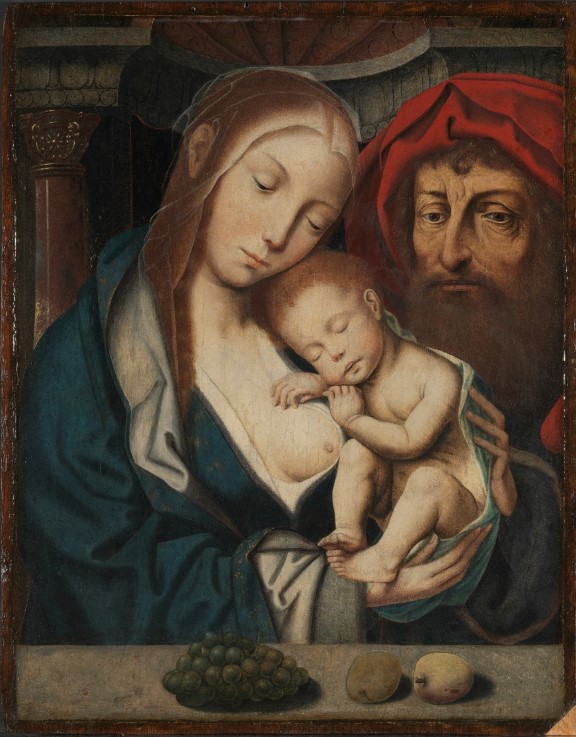
Unknown artist, dutch (attributed), Quentin Matsys (artist for image), "The Holy Family", probably early 16th century.
Photo: Nasjonalmuseet / Frode Larsen
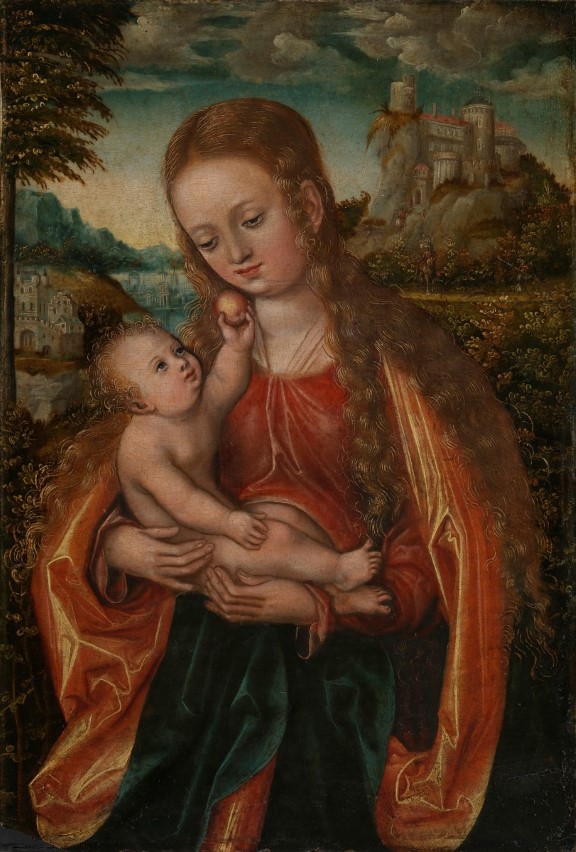
Lucas Cranach the Elder, his workshop, "The Virgin and Child", ca. 1518.
Photo: Nasjonalmuseet / Jacques Lathion
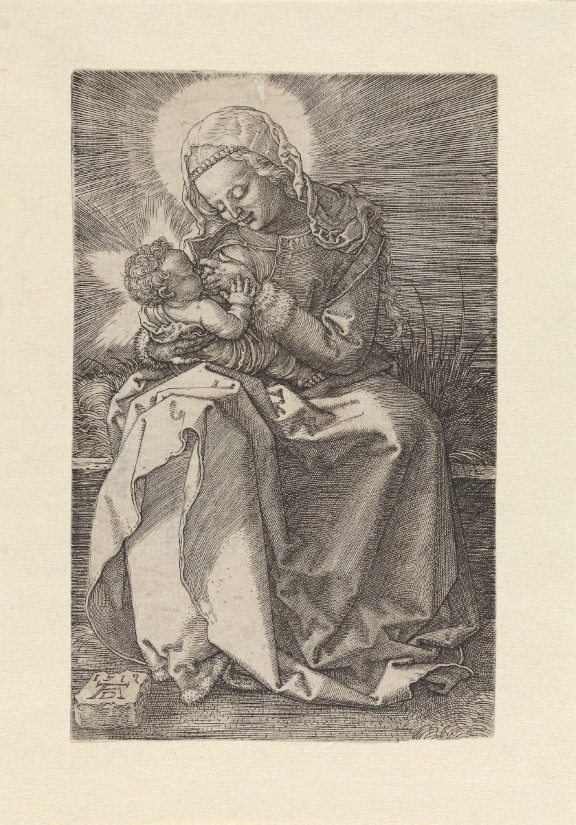
Albrecht Dürer, "Madonna and Child", 1519 (plate).
Photo: Nasjonalmuseet
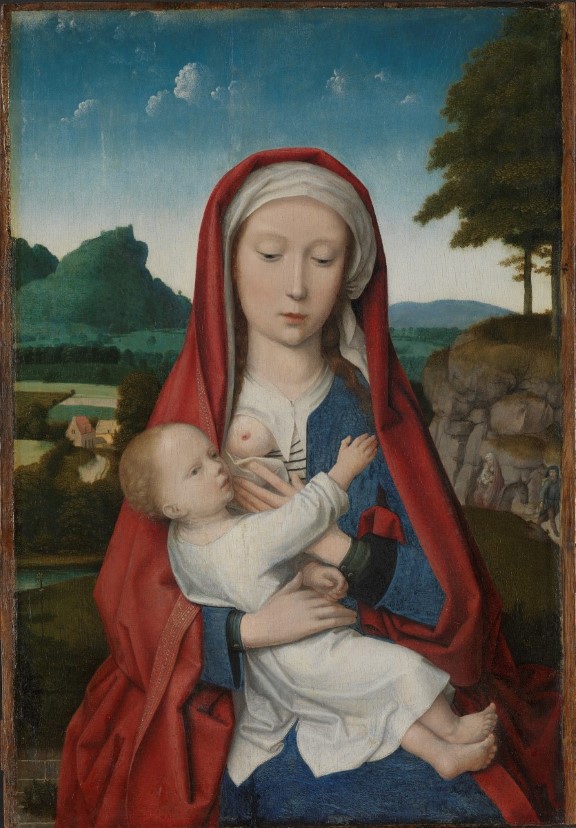
Gerard David (attributed), "Madonna and Child", ca. 1500.
Photo: Nasjonalmuseet / Jacques Lathion
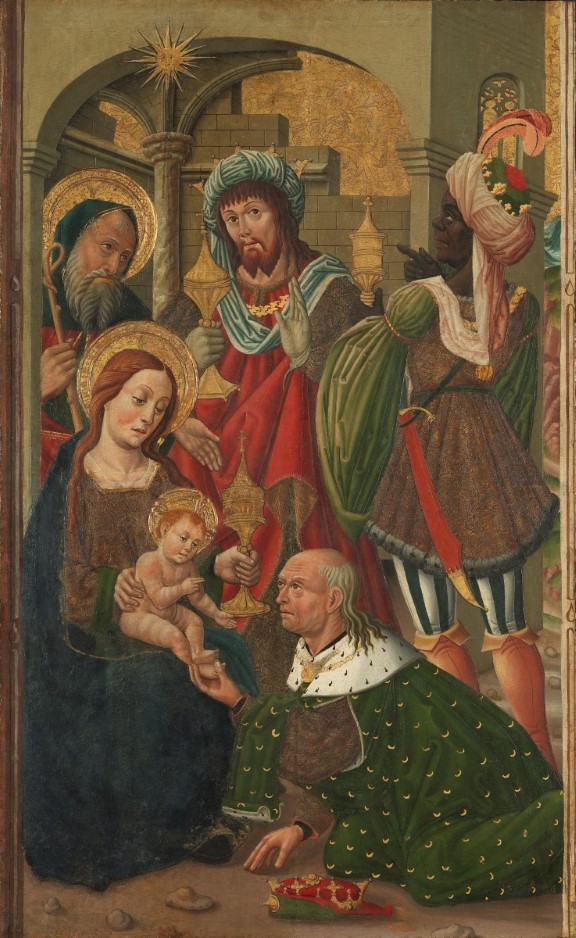
Unknown German artist, "The Adoration of the Shepherds", probably 1490–1500.
Photo: Nasjonalmuseet / Børre Høstland